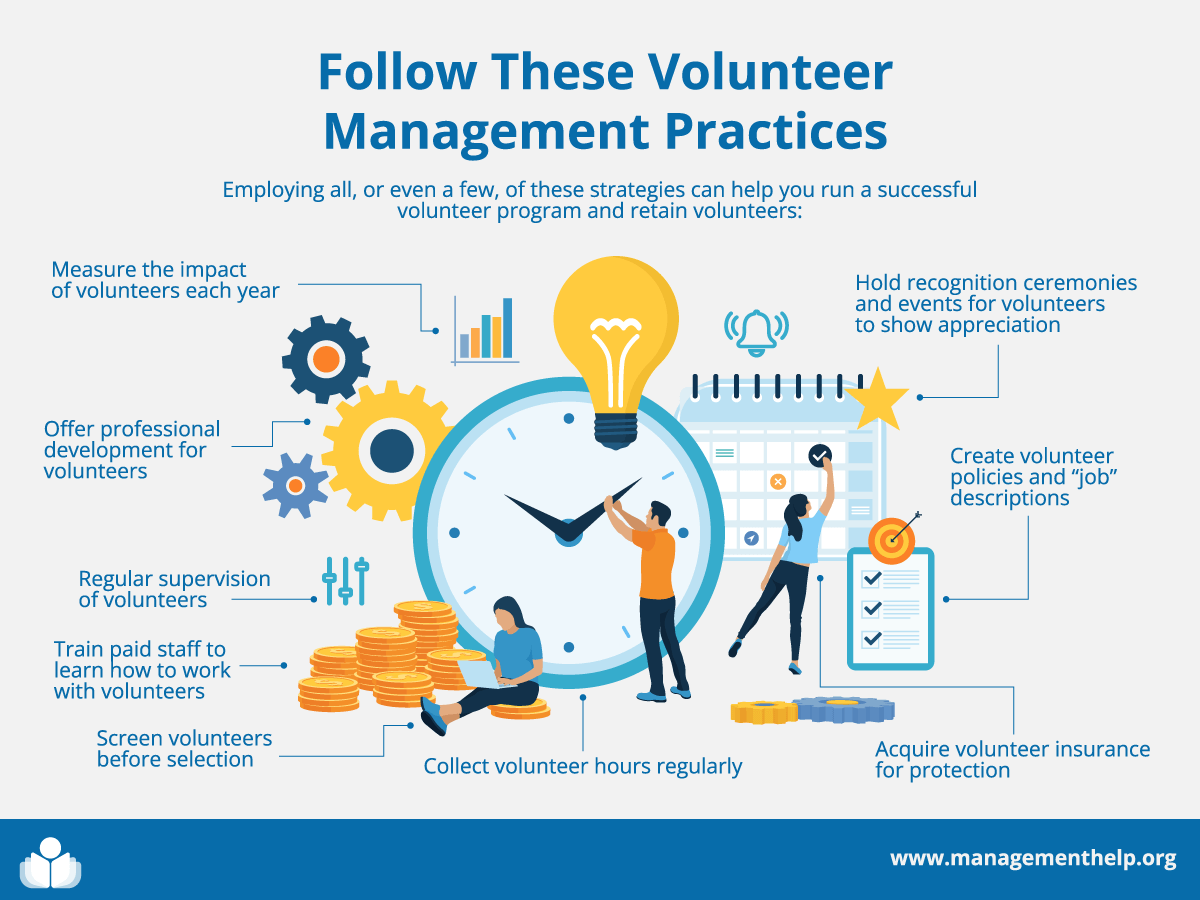Business Resources
Most Popular
Business Development — Growing Your For-Profit or Nonprofit Organization © Copyright Carter McNamara, MBA, PhD Whether your organization is a for-profit or nonprofit, you have to address certain considerations and make certain decisions if you set out to intentionally expand — or grow — your organization, products and/or services. You can grow your organization, products …
Basic Overview of Various Strategic Planning Models Learn Strategic Planning Without Incurring Travel Costs! The Series Facilitating Strategic Planning from the Consultants Development Institute provides virtual courses and numerous downloadable tools to learn to facilitate strategic planning. Concurrently you customize your own relevant and realistic Strategic Plan and earn a Certificate in Facilitating Strategic Planning. …
Basic Guide to Program Evaluation (Including Outcomes Evaluation) © Copyright Carter McNamara, MBA, PhD, Authenticity Consulting, LLC. Much of the content of this topic came from this book: This document provides guidance toward planning and implementing an evaluation process for for-profit or nonprofit programs — there are many kinds of evaluations that can be applied …
Problem Solving and Decision Making (Solving Problems and Making Decisions) © Copyright Carter McNamara, MBA, PhD, Authenticity Consulting, LLC. Sections of This Topic Include Test – What is Your Personal Decision-Making Style? Guidelines to Rational Problem Solving and Decision Making Rational Versus Organic Approach to Problem Solving and Decision Making General Guidelines to Problem Solving …
General Guidelines for Conducting Interviews © Copyright Carter McNamara, MBA, PhD, Authenticity Consulting, LLC. Adapted from the Field Guide to Consulting and Organizational Development. Sections of This Topic Include Introduction Preparation for Interview Types of Interviews Types of Topics in Questions Sequence of Questions Wording of Questions Carrying Out Interview Immediately After Interview Other Resources …
Goal Setting with Employees — What Should Employees Work On? © Copyright Carter McNamara, MBA, PhD, Authenticity Consulting, LLC. Adapted from the Field Guide to Leadership and Supervision in Business and Field Guide to Leadership and Supervision for Nonprofit Staff. Strongly Suggested Pre-Reading How to Ensure Strong Employee Performance Management Sections of This Topic Include …
Understand Generational Differences: Guidelines and Resources © Copyright Carter McNamara, MBA, PhD Sections in This Topic Include What Are Generational Differences? Overview of Perceived Differences Between Generations Are Generational Differences a Myth? Guidelines for Managing Different Generations Also consider Related Library Topics What Are Generational Differences? What is a Generation? Before we go on to …
What is Supervision? How Do I Supervise? Comprehensive, practical book by Carter McNamara The guidelines and resources in this topic are not sufficient to develop strong competencies in supervision. Those competencies come from extensive experience in applying that information. Sections of This Topic Include What is Supervision? To Truly Understand Supervision, Be Acquainted With Its …
More in Business Resources
Developing Your Intuition Copyright Carter McNamara, Authenticity Consulting, LLC The focus of the Library is on resources for personal, professional and organizational development. At the core of these is personal development. Without personal development, it’s difficult to sustain professional and organizational development. Sections in This Topic Include What is Intuition? Learn More in the Library’s …
Enhancing Your Thinking Skills The focus of the Library is on resources for personal, professional and organizational development. At the core of these is personal development. Without personal development, it’s difficult to sustain professional and organizational development. Sections in This Topic Include Concentration Creative Thinking Critical Thinking Mindfulness Mindsets Reframing Systems Thinking Strategic Thinking Related …
How to Deal With Ambiguity: Guidelines and Resources Copyright Carter McNamara, Authenticity Consulting, LLC Sections in This Topic Include What is Ambiguity? Causes of Increasing Ambiguity in Life and Work Test – How Well Do You Deal With Ambiguity / Uncertainty? Strategies to Deal With Ambiguity in Life and Work Example of an Ambiguity Tool: …
Frequently Asked Questions About Peer Coaching Groups Information on this page assumes that you have How Do I Know What to Get Help With in a Meeting? Choose whatever priority is most important to you now. You are the expert at what is most important to you. Do not worry about how small or large …
Overview of How to Take Many Kinds of Tests (and Deal With Test Anxiety) Copyright Carter McNamara, Authenticity Consulting, LLC Sections of This Topic Include How to Overcome Test Anxiety How to Prepare for a Test Test-Taking Strategies in General How to Pass Multiple-Choice Tests How to Past True-False Test How to Pass Matching Tests …
Arrange Peer Support: Here’s How to Start Your Own Study and Support Group This procedure also is in Microsoft Word format. People rarely improve their learning and themselves merely by getting advice from articles and others. The likelihood of success is dramatically improved if they share ongoing inquiry, reflection, support and accountability (coaching) to actually …
How to Start Your Private Peer Coaching Group Introduction Purpose of This Information The following information and resources are focused on the most important guidelines and materials for you to develop a basic, practical and successful PCG. The information is intended for anyone, although it helps if you have at least some basic experience in …

















